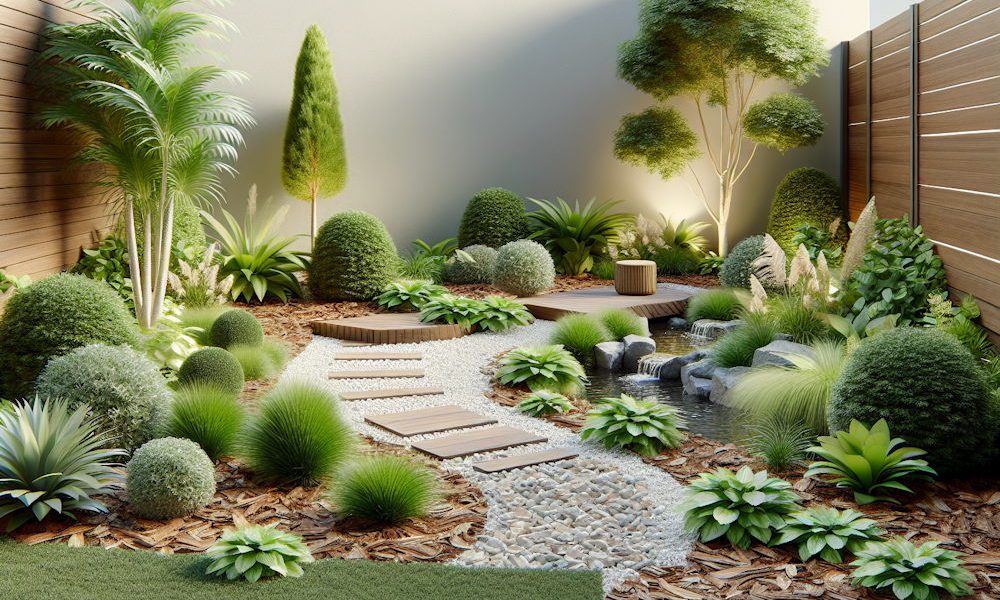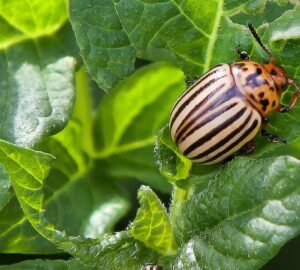In the realm of gardening, mulch is akin to the unsung hero. Often overlooked, yet profoundly beneficial, mulch serves as the protective blanket for your plants, enriching soil health, conserving moisture and thwarting weeds. But not all mulches are created equal, and knowing which type to use and where to place it can make all the difference in cultivating a thriving garden oasis.
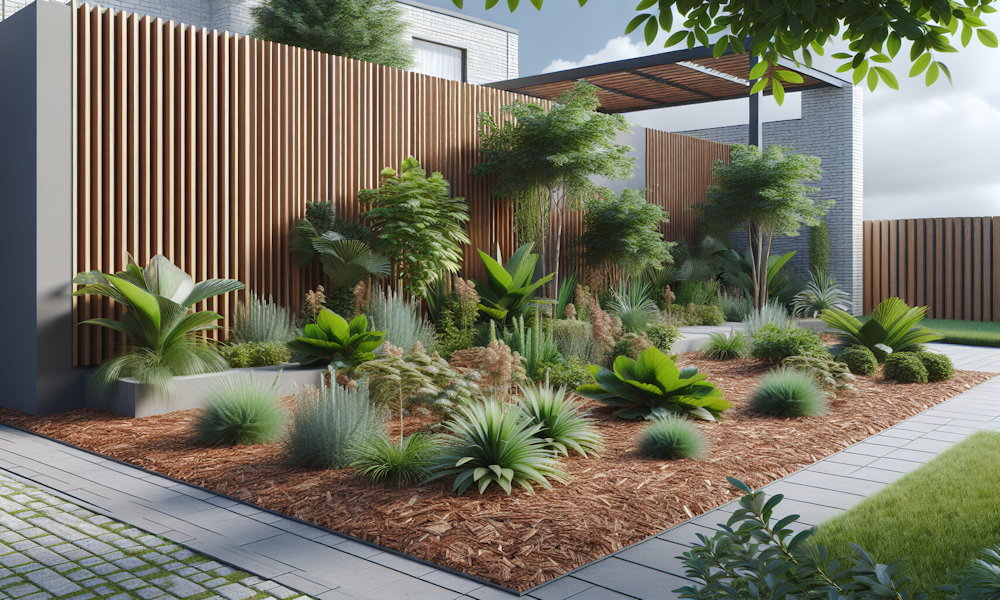
What is Mulch and Why is it Beneficial?
Mulch, in its simplest form, is any material spread over the soil surface around plants. This protective layer serves several vital functions:
- Moisture Retention: Mulch acts as a barrier, reducing evaporation from the soil surface, thus helping to maintain consistent moisture levels crucial for plant growth.
- Weed Suppression: By blocking sunlight, mulch inhibits weed germination and growth, minimizing competition for water and nutrients.
- Soil Health: As mulch breaks down, it enriches the soil with organic matter, fostering beneficial microbial activity and improving soil structure.
- Temperature Regulation: Mulch insulates the soil, moderating temperature extremes and protecting plant roots from frost in winter and heat stress in summer.
- Erosion Prevention: Mulch helps prevent soil erosion by reducing runoff and protecting the soil from the impact of raindrops.
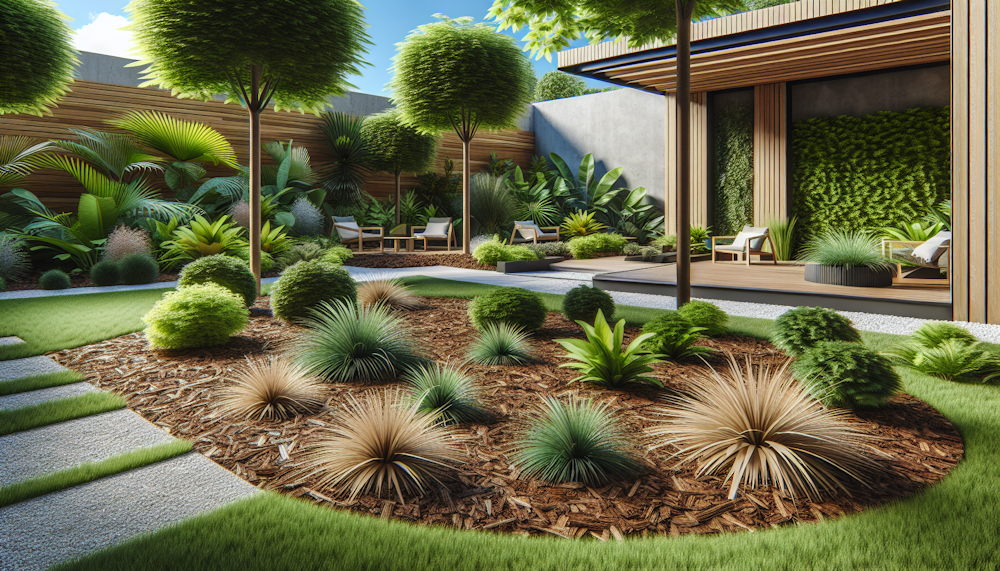
Now that we understand the importance of mulch, let’s delve into the various types available and where they best fit in your garden.
Types of Mulch and Their Ideal Uses
Organic Mulches
Wood Chips/Shredded Bark
Ideal for ornamental beds and around trees and shrubs, wood chips provide excellent weed control and add organic matter to the soil as they decompose. They’re especially suitable for acid-loving plants like azaleas and rhododendrons.
Wood chips and shredded bark used for mulch typically come from a variety of tree sources, with common ones being pine, cedar, cypress, fir, and hardwoods like oak. Pine and cedar mulches are favored for their pleasant aroma and ability to repel certain insects, while cypress and fir mulches are durable and resistant to decay. Hardwood mulches, often derived from mixed tree sources, are versatile and can add a rich, dark color to garden beds. Each type of wood chip or bark mulch has unique properties that make it suitable for different garden environments and plant types.
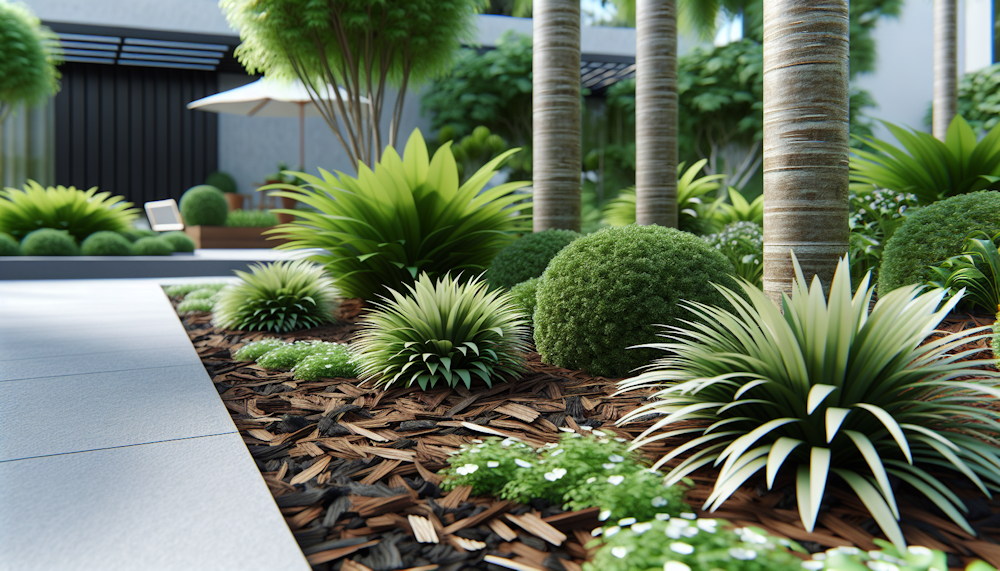
Straw
Perfect for vegetable gardens, straw mulch conserves moisture, suppresses weeds and breaks down slowly, enriching the soil with nutrients. It’s commonly used around tomatoes, peppers and potatoes.
Straw mulch is an excellent choice for vegetable gardens because it creates a light, airy layer that promotes water infiltration while reducing soil erosion and compaction. Unlike hay, which contains seeds, straw is made from the stalks of harvested grains like wheat or oats, ensuring it won’t introduce unwanted plants into your garden. Straw mulch also serves as a buffer against soil splash, which helps prevent diseases like blight on tomatoes and peppers. Its slow decomposition rate allows it to provide long-lasting coverage, gradually adding organic matter to the soil, improving its structure over time.
Leaves
Abundant and free, shredded leaves make an excellent mulch for flower beds and vegetable gardens. They decompose relatively quickly, improving soil structure and fertility. Use leaves around perennials, annuals and vegetables.
Leaves from deciduous trees like maple, oak, beech and birch are among the best for mulch due to their high nutrient content and ease of shredding. Maple leaves break down quickly, enriching the soil with organic matter, while oak leaves decompose more slowly, providing longer-lasting coverage. Birch leaves are also excellent, offering a balanced rate of decomposition and ample nutrients. When shredded, these leaves create a light, airy mulch that’s perfect for insulating plants and enhancing soil structure without compacting. Overall, using leaves from these common trees is an eco-friendly way to create a cost-effective mulch for your garden beds and vegetable patches.
Inorganic Mulches
Gravel/River Rock
Gravel and river rock mulch are inorganic materials commonly used in xeriscaping and arid landscapes where water conservation is paramount. Unlike organic mulches, gravel and river rock don’t decompose, offering long-term durability without the need for replenishment. This quality makes them ideal for regions with intense sunlight and minimal rainfall, as they do not break down or retain moisture, which can be beneficial in preventing root rot.
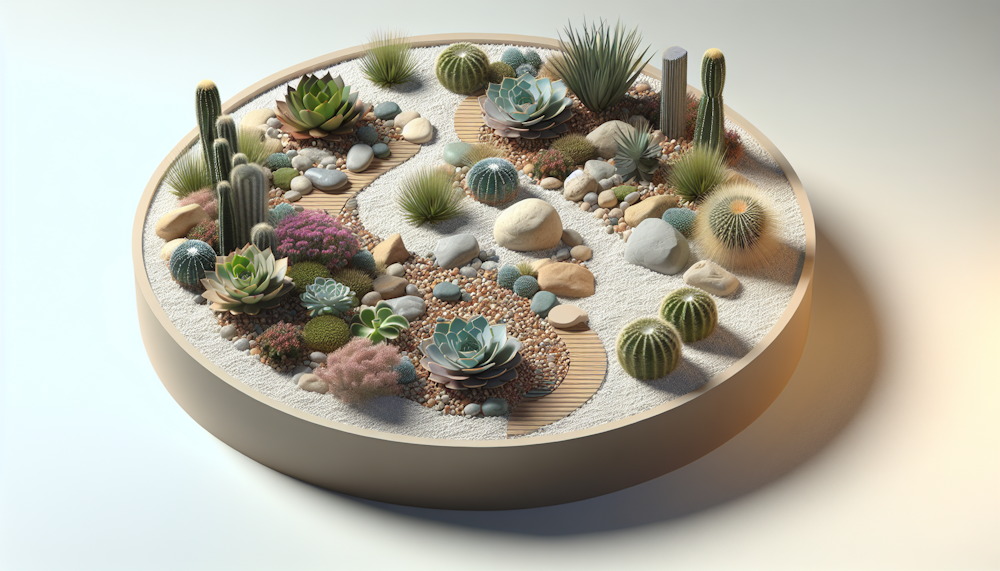
Gravel and river rock also offer aesthetic versatility, with a range of colors, sizes, and textures that can complement various garden designs. They’re perfect for creating clean, low-maintenance pathways, borders and ground cover for succulents, cacti and other drought-tolerant plants. Additionally, they help suppress weeds by creating a barrier that blocks sunlight, reducing weed germination and growth without the need for chemical weed killers.
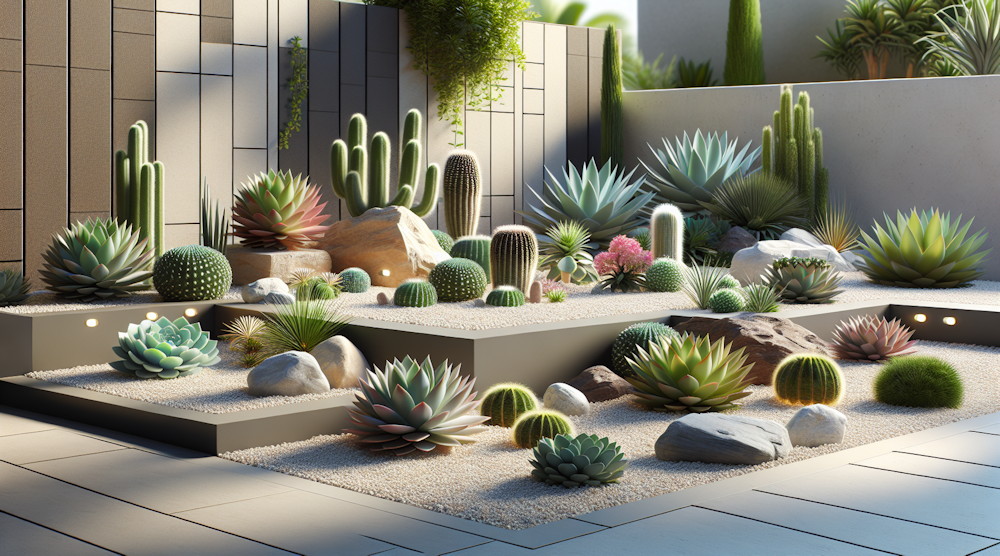
Plastic Mulch
Plastic mulch is a type of synthetic covering commonly used in commercial agriculture to promote plant growth and increase crop yields. It is typically available in rolls of varying widths, which are spread across planting beds or rows to create a microclimate with distinct benefits.
One of the primary advantages of plastic mulch is its ability to warm the soil by trapping heat. This characteristic is crucial for cultivating heat-loving crops like tomatoes, melons, and peppers, especially in regions with cooler climates or at the beginning of the growing season.
Plastic mulch also helps to conserve moisture by preventing evaporation from the soil surface, thereby reducing the need for frequent irrigation. This is especially useful in arid or drought-prone areas.
Additionally, plastic mulch is known to suppress weeds by blocking sunlight from reaching the soil, reducing weed growth and competition for resources. This benefit can lead to less labor-intensive gardening and a reduced need for herbicides. For example, in a strawberry field, the use of plastic mulch can significantly lower weed pressure, resulting in cleaner and more productive crops.
Plastic mulch can be customized with perforations or slits to accommodate specific planting patterns, allowing only the desired crops to grow through. This flexibility helps maintain the mulch’s benefits while allowing optimal plant growth. Some types of plastic mulch are designed to be biodegradable, breaking down over time to minimize environmental impact.
Overall, plastic mulch provides a highly effective solution for commercial and home gardeners seeking to optimize growing conditions, reduce labor, and enhance crop yields. It is especially beneficial for vegetable gardens focusing on heat-loving crops and commercial agriculture where efficient weed control is critical.
Rubber Mulch
Rubber mulch is made from recycled tires, offering a sustainable way to repurpose used rubber while providing a durable mulch option for various applications. This longevity makes it ideal for high-traffic areas like playgrounds, pathways, and recreational spaces, where durability and minimal maintenance are key. Rubber mulch provides excellent weed suppression by creating a dense barrier that weeds find hard to penetrate, reducing the need for frequent weeding or chemical herbicides.
Regarding environmental friendliness, rubber mulch has a mixed reputation. While it repurposes recycled tires, reducing waste in landfills, the production process and potential release of chemicals from degrading rubber raise environmental concerns. Its non-degradable nature means it won’t break down like organic mulches, but it does offer a longer-lasting solution, reducing the need for frequent replenishment. Overall, rubber mulch can be considered environmentally friendly in terms of recycling, but its long-term environmental impact should be considered when choosing a mulch option for specific garden or landscape settings.
Living Mulches
Groundcovers
Plants like clover, creeping thyme and low-growing sedums serve as living mulches, providing all the benefits of traditional mulch while adding aesthetic appeal and biodiversity to the garden. They’re ideal for walkways, borders and areas where you want continuous ground cover.
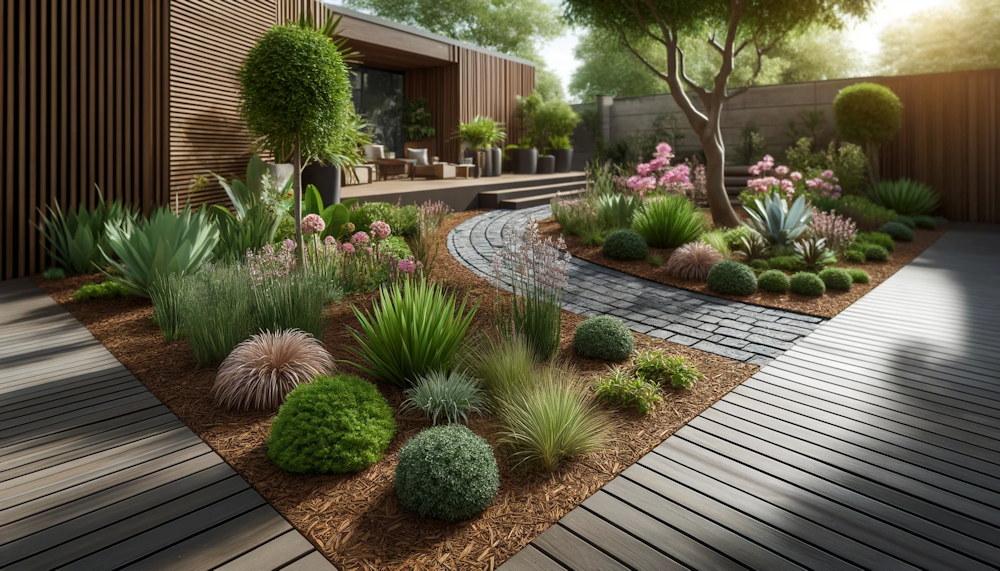
Placement Tips
- Apply mulch to a depth of 2-4 inches (5-10 cm) for optimum weed suppression and moisture retention.
- Keep mulch several inches away from plant stems to prevent rot and disease.
- Replenish mulch as needed to maintain the desired depth and effectiveness.
- Choose mulch colors that complement your garden design and reflect sunlight appropriately for your plants’ needs.
In conclusion, mulch is a gardener’s best friend, offering a multitude of benefits to both plants and soil. By selecting the right type of mulch and placing it strategically in your garden, you can create a thriving ecosystem where plants flourish and weeds falter. So, embrace the power of mulch and watch your garden thrive like never before!



